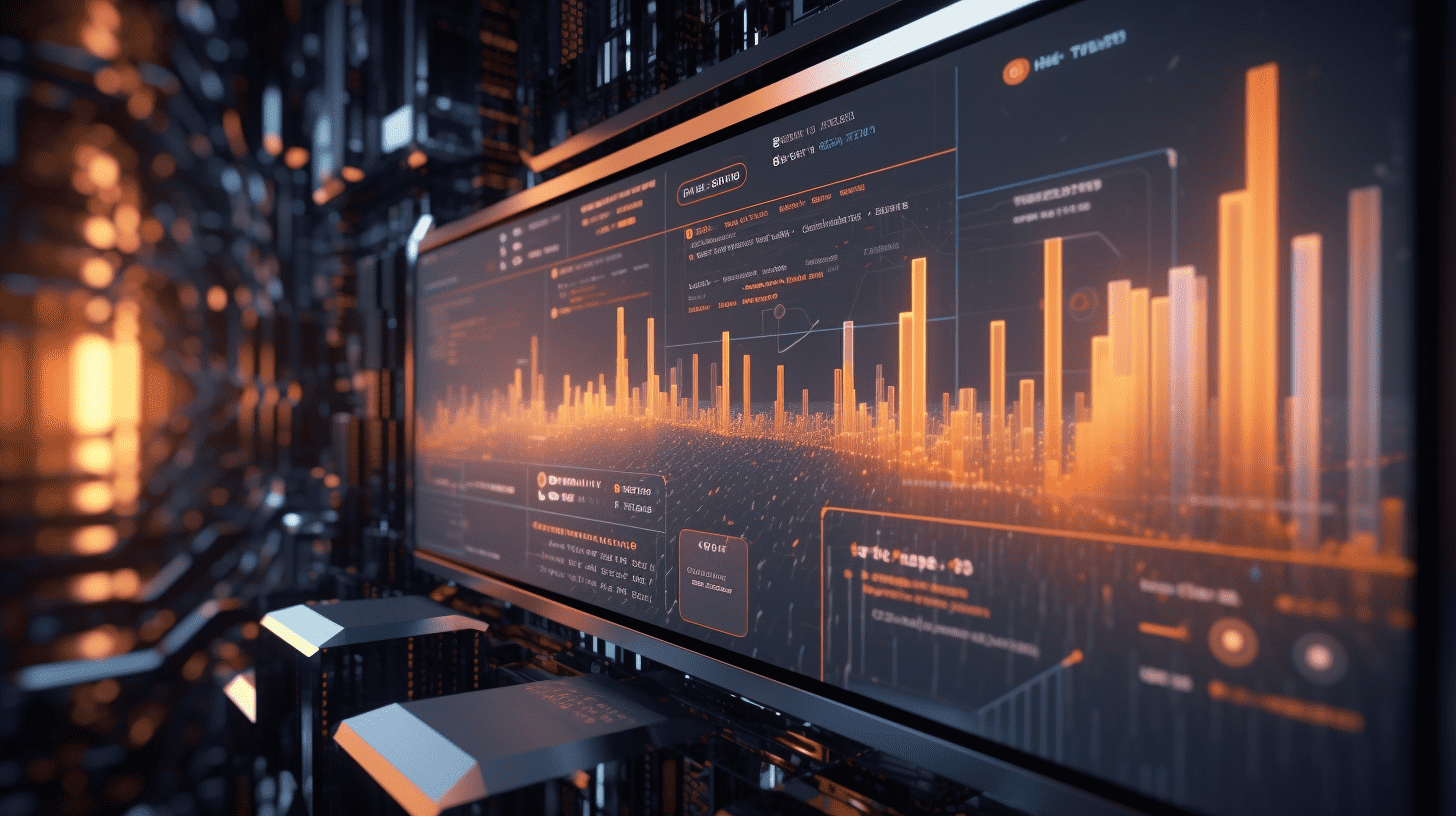Lower than expected again! US April CPI increased by 2.3% year-on-year, tariffs "pressuring" ineffective but hidden currents surging?
Due to stable prices of clothing and new cars, the increase in the US CPI in April was lower than expected, indicating that there is not a high urgency for businesses to pass on higher tariff costs to consumers.
Due to stable clothing and new car prices, the CPI increase in April in the United States was lower than expected, indicating that at present, there is not a high urgency for businesses to pass on higher tariff costs to consumers. Data released by the Bureau of Labor Statistics on Tuesday showed that excluding volatile food and energy categories, the core Consumer Price Index (CPI) rose by 0.2% in April compared to March, and by 2.8% year-on-year, in line with expectations and unchanged from the previous month. This increase is the lowest since February 2021. Overall, the CPI increased by 0.2% month-on-month and by 2.3% year-on-year, falling below expectations for the third consecutive month.
The CPI report showed that airfare and hotel prices dropped, indicating a decrease in demand for non-essential services. Prices for used cars, trucks, and clothing also declined. Grocery prices saw their first drop in nearly a year, with egg prices falling by the largest margins since 1984.
New car prices remained stable and did not rise as expected due to tariff increases. However, prices for most imported goods such as furniture and appliances rose significantly.
Although it was widely expected that the Trump administration's tariff policy would push up inflation, businesses may still be working through a large amount of inventory and may not yet be at a point where they have to raise prices. Many tariffs have been lowered, including those imposed by the United States on Chinese goods following a truce in the US-China trade war, but US importers still face high trading costs and concerns that tariffs may be raised again after the suspension period ends.
After reaching a temporary agreement with China last weekend, the tariff relief measures lasting 90 days have lowered the US tariffs on most Chinese imports from a total of 145% to 30%, which means that future price increases may be more moderate. However, according to Bloomberg Economics analysis, if businesses concentrate on purchasing additional inventory, leading to port congestion, it could actually push CPI to rise faster.
Following the data release, US Treasury prices continued to rise, the dollar fell, and S&P futures narrowed their losses in early trading.
Given the great uncertainty about the future direction of tariff policies and their ultimate impact on the economy, the Federal Reserve is expected to maintain interest rates unchanged for the foreseeable future. Many economists believe that the temporary easing of US-China trade tariffs has reduced the risk of economic recession in the US, but tariffs are still expected to keep inflation levels well above the Federal Reserve's target.
From Nintendo Co. to companies like Procter & Gamble Company, they have all stated that they will try to pass on tariff costs to consumers. However, it is unclear how strong their pricing power is as demand slows down. The upcoming release of US retail sales data on Thursday is expected to show that consumer spending on goods in April remained stable, reflecting the state of consumer spending on goods.
In terms of service costs, while people are focused on the impact of tariffs on goods prices, a key factor driving inflation in recent years has been housing costs, which is the largest portion of service expenses. Due to rising rents, housing prices increased by 0.3%.
Related Articles

State Council Tariff Commission: Adjusting Measures to Impose Tariffs on Imports of Goods Originating in the United States

The United States will announce the list of selected participants for the third round of drug price negotiations in February next year.

Bank of America monthly institutional survey: "Long gold" remains the most crowded trade, while dollar allocation falls to lowest levels since 2006.
State Council Tariff Commission: Adjusting Measures to Impose Tariffs on Imports of Goods Originating in the United States

The United States will announce the list of selected participants for the third round of drug price negotiations in February next year.

Bank of America monthly institutional survey: "Long gold" remains the most crowded trade, while dollar allocation falls to lowest levels since 2006.

RECOMMEND

Sino-US trade consensus ignites a stock market rally! Nasdaq returns to a bull market, "Buy America" sweeps the globe again.
13/05/2025

China and the United States temporarily suspend the imposition of tariffs for 90 days, freight volume surges again, and companies start a "freight rush".
13/05/2025

Powell Strikes a Hawkish Pose! Bond market rate cut dreams shattered, traders urgently reshuffling positions.
12/05/2025


